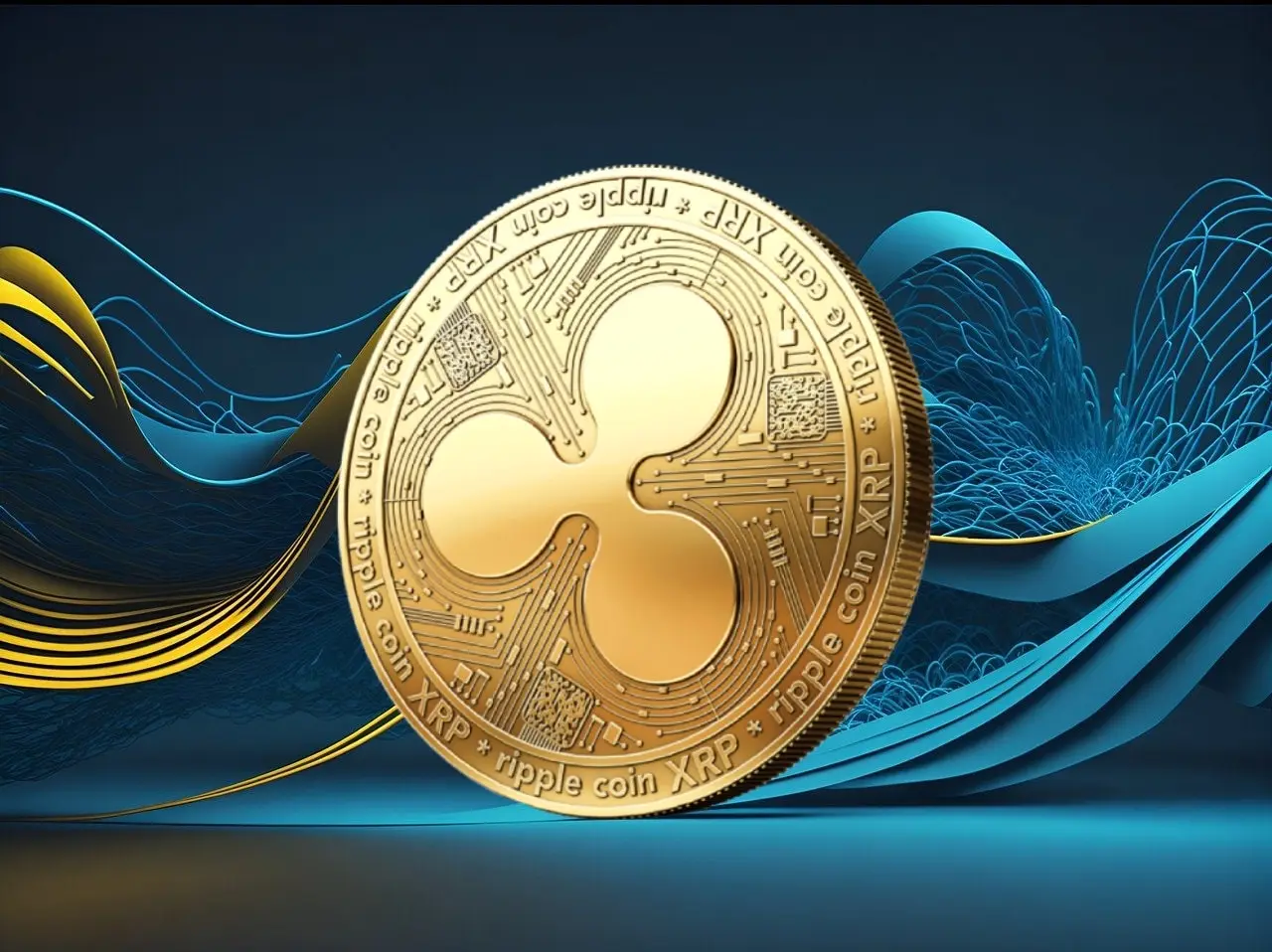According to Stellar Rippler, a prominent digital asset commentator, XRP’s fundamental purpose has been widely misunderstood. Far from being just a digital coin, XRP was designed as a strategic framework to modernize global financial infrastructure.
The expert claims that XRP was engineered to replace outdated systems rather than compete in the cryptocurrency market as a speculative asset.
It was pointed out that the public is still mainly concerned with market prices, while in the background, XRP was being targeted as a fixture in the financial world. It was set up to solve liquidity issues and reduce inefficiencies in SWIFT and Nostro-Vostro systems.
Also Read: Ripple’s Strategic Position in ISO 20022 Shift – Expert Reveals How XRP Will Dominate System
As a result, President Trump issued Executive Order 13772 in 2017 to set the stage for changing the American financial system. Priority was given to speed, connecting networks, and cutting down on the hurdles for trading.
The XRP protocol developed by Ripple directly supports those goals, making it a suitable choice for updating the current system as per Stellar Rippler.
(1/🧵) From Executive Order 13772 to ISO 20022…
XRP was never just a coin. It was always the plan.
While the maxis screamed “scam”…
Governments and institutions quietly aligned behind Ripple’s tech.
Let me show you the blueprint you weren’t supposed to notice:
🧵 pic.twitter.com/IVvHEU5Qrs
— Stellar Rippler🚀 (@StellarNews007) May 25, 2025
At the same time, Stellar XLM also made significant efforts by teaming up with IBM between 2017 and 2020 to allow users to make cross-border payments via the World Wire system.
It also joined efforts with the UN to ensure that humanitarian financial operations could be conducted smoothly. These steps followed the specific objectives set out in the executive order.
Blueprint Hidden Beneath the Surface
The expert referred to XRP as a “blueprint” because it was designed not as a final product but as a foundational layer. While many viewed it as just another cryptocurrency, the deeper purpose was to build the rails for a restructured financial network.
The expert described Ripple’s moves as part of a global handshake strategy, working silently with institutions and regulators.
On the other hand, Stellar XLM chose a different approach, creating what the expert named “quiet corridor” partnerships to use their tech in government-backed financial services. They point out that XRP and XLM were not launched as responses but were designed to work well with institutions and rules.
In conclusion, the statement that “XRP was never a coin” reflects a broader understanding of its intended use. As more financial changes unfold, the actual outline of XRP may be revealed, showing it was not kept secret but had been planned for a long time.
Also Read: The Evolution of Blockchain Technology: From Bitcoin to Smart Cities
